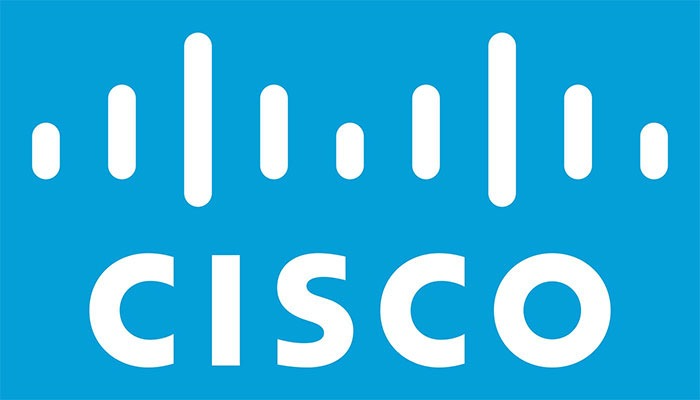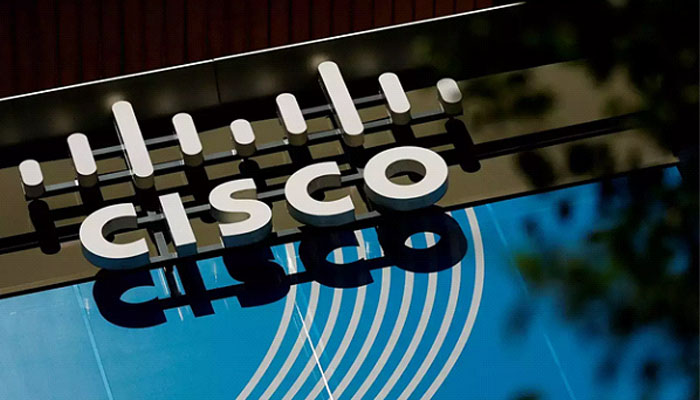15
+
YEARS OF
EXPERIENCE
1000
+
SUCCESSFUL
Projects
80
+
Satisfied
Clients

Security is not just an option; it’s a necessity. As businesses grow and adapt to new technologies, they also face evolving threats that can compromise their sensitive data and disrupt operations. Cisco has long been at the forefront of cybersecurity solutions, offering a robust suite of strategies designed to protect organizations from a myriad of threats. This guide will walk you through some of the most effective Cisco security strategies for businesses, emphasizing the importance of comprehensive planning, implementation, and continuous monitoring.
Understanding the Landscape of Cybersecurity
The first step in any security strategy is to understand the landscape. Cyber threats can range from malware and phishing attacks to ransomware and insider threats. With cybercriminals becoming increasingly sophisticated, businesses need to stay one step ahead. This means not only investing in advanced technologies but also cultivating a culture of security awareness within the organization.
The Need for a Comprehensive Security Strategy
Creating a security strategy involves looking at your entire IT ecosystem. This means considering everything from your network architecture to your endpoint security. With the rise of remote work, organizations must also factor in the security of home networks and personal devices. Cisco’s integrated approach ensures that all components work together harmoniously, providing a robust defense against potential threats.
The Role of Cisco Security Solutions
Cisco offers a variety of security solutions designed to help businesses protect their assets effectively. These solutions can be tailored to fit organizations of all sizes and industries. Here are some key components of Cisco’s security strategy:
1. Advanced Threat Protection
Cisco’s Advanced Threat Protection (ATP) utilizes intelligent analytics to detect, block, and remediate threats before they can impact your business. By leveraging machine learning and behavioral analysis, Cisco ATP identifies anomalies and potential threats in real-time, ensuring that your organization is always protected.
2. Secure Network Architecture
A secure network is the backbone of any cybersecurity strategy. Cisco’s approach to network security includes segmentation, which limits the spread of malware and protects sensitive data. By creating isolated network segments, businesses can mitigate risks and respond swiftly to breaches.
3. Endpoint Security
As employees increasingly use personal devices to access company resources, endpoint security has become critical. Cisco provides comprehensive endpoint protection to safeguard devices against various threats, ensuring that your workforce remains productive without compromising security.
4. Cloud Security
With the growing reliance on cloud services, protecting data in transit and at rest has never been more important. Cisco’s cloud security solutions offer visibility and control over your cloud environments, allowing you to enforce security policies and monitor for any suspicious activities.
5. Security Information and Event Management (SIEM)
Cisco’s SIEM solutions provide real-time analysis of security alerts generated by applications and network hardware. This centralized view of security events allows businesses to quickly identify potential threats and take action, streamlining incident response.







The Benefits of Cisco Private Cloud Solutions
One of the significant advantages of Cisco’s security strategies is their compatibility with private cloud solutions. By implementing a private cloud, businesses can enjoy numerous Cisco private cloud advantages that enhance security while optimizing IT resources. Here are some key benefits:
1. Enhanced Control and Customization
With a private cloud, businesses have complete control over their infrastructure. This control enables organizations to customize their security measures based on specific needs and compliance requirements. Cisco’s consulting services can help you design and implement a tailored private cloud solution that meets your security objectives.
2. Improved Compliance and Data Privacy
A private cloud allows organizations to maintain stricter control over data, ensuring compliance with industry regulations such as GDPR and HIPAA. By leveraging Private Cloud Cisco Consulting, businesses can establish robust security protocols that protect sensitive information and reduce the risk of data breaches.

Scalability and Flexibility
Cisco private cloud solutions provide the scalability necessary to adapt to changing business needs. As your organization grows, your security measures can evolve alongside it. Cisco’s consulting team can guide you in implementing scalable solutions that remain effective as your business expands.
Implementing Cisco Security Strategies: A Step-by-Step Guide
Now that you understand the key components of Cisco security strategies, let’s explore how to implement these strategies effectively:
Step 1: Assess Your Current Security Posture
Begin by conducting a thorough assessment of your existing security measures. Identify vulnerabilities, gaps, and potential risks. This assessment will serve as a baseline for developing a comprehensive security strategy.
Step 2: Define Your Security Objectives
Establish clear security objectives aligned with your business goals. Consider factors such as compliance, data protection, and incident response. Your objectives will guide the implementation of Cisco’s security solutions.
Step 3: Develop a Comprehensive Plan
Create a detailed security plan that outlines the technologies, processes, and policies necessary to achieve your objectives. This plan should include components such as network architecture, endpoint security, and incident response protocols.
Step 4: Engage Cisco Consulting Services
Partner with Cisco Consulting to leverage their expertise in implementing and optimizing security solutions. Their consultants will work closely with your team to ensure a smooth deployment, addressing any challenges that arise along the way.
Step 5: Continuous Monitoring and Improvement
Cybersecurity is an ongoing process. Establish a framework for continuous monitoring and improvement of your security posture. Regularly review and update your security measures to adapt to new threats and changes in your business environment.

answer time
satisfaction
score
on initial call
same business
day
Conclusion: Prioritize Security with Cisco
In a world where cyber threats are ever-present, businesses cannot afford to take their security lightly. Cisco’s comprehensive security strategies provide the tools and expertise needed to protect your organization from potential risks. By embracing Cisco’s solutions and leveraging the Cisco private cloud advantages, businesses can enhance their security posture, safeguard sensitive data, and ensure operational continuity.
Taking proactive steps now will help your organization thrive in the face of evolving cybersecurity challenges.

